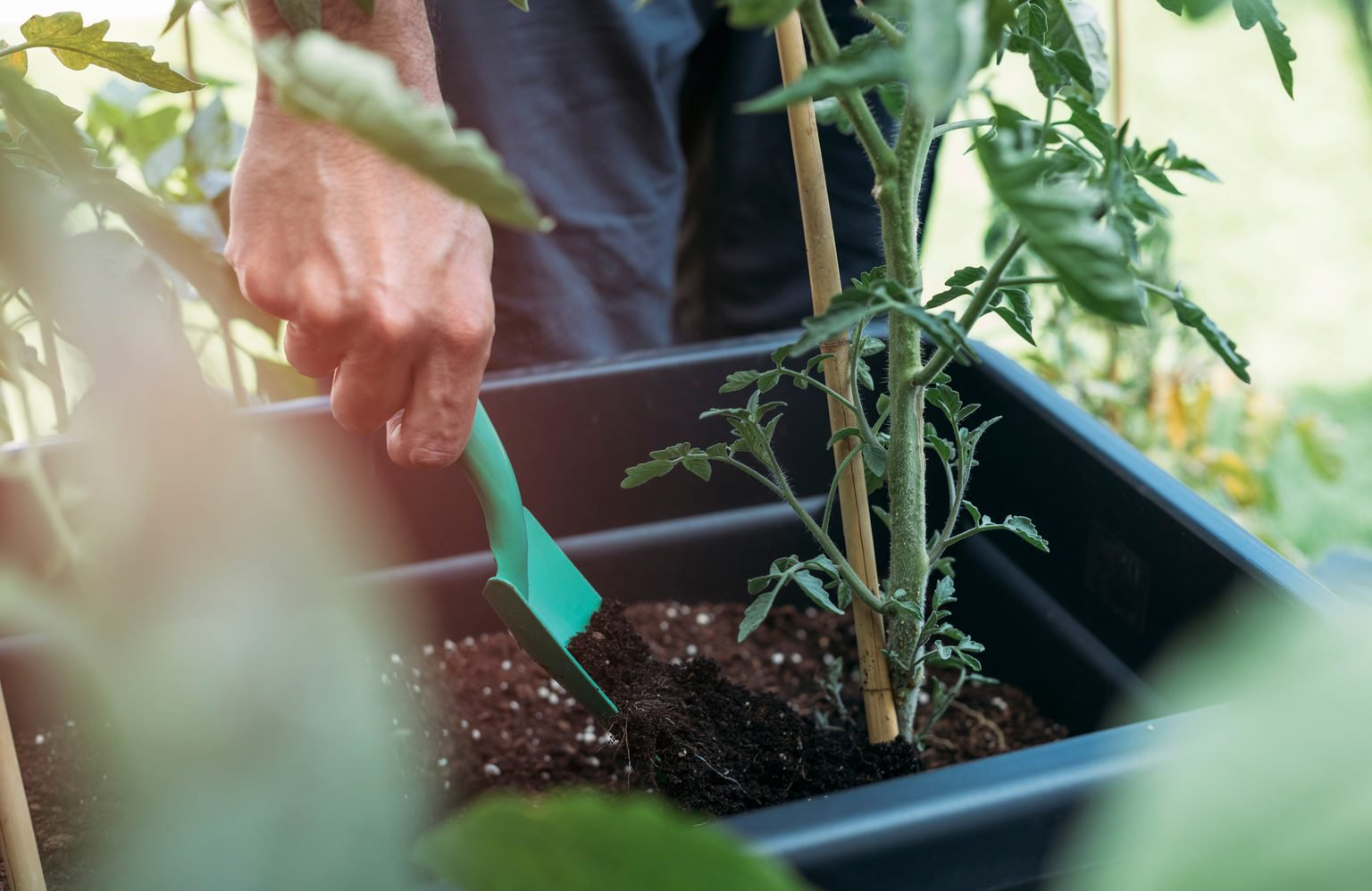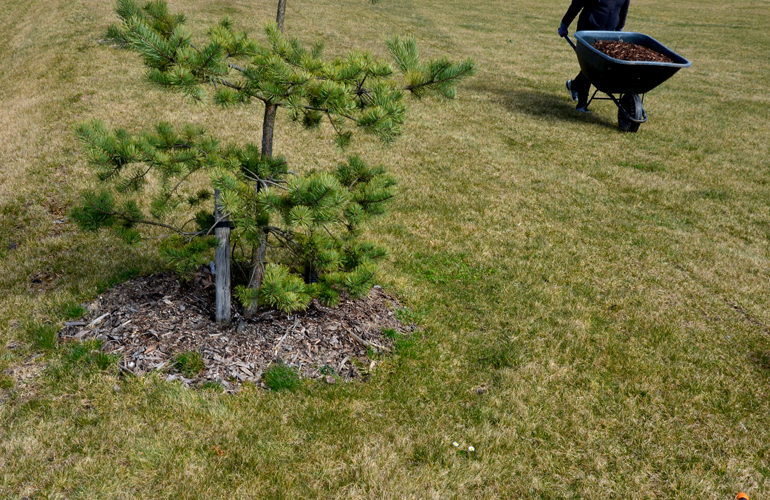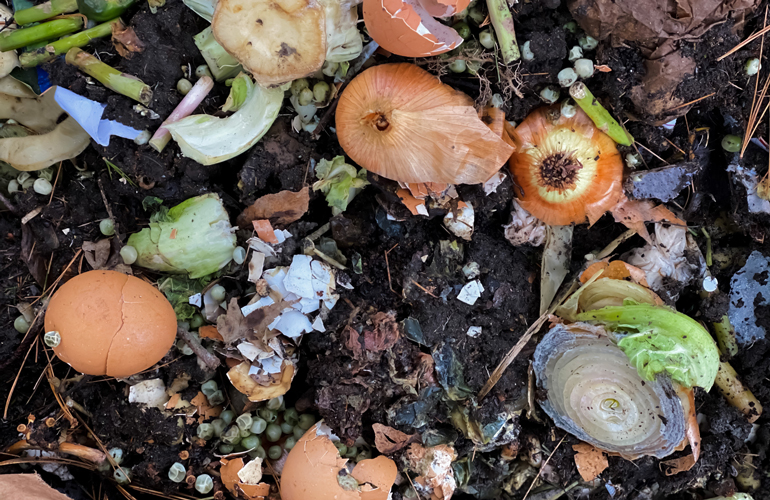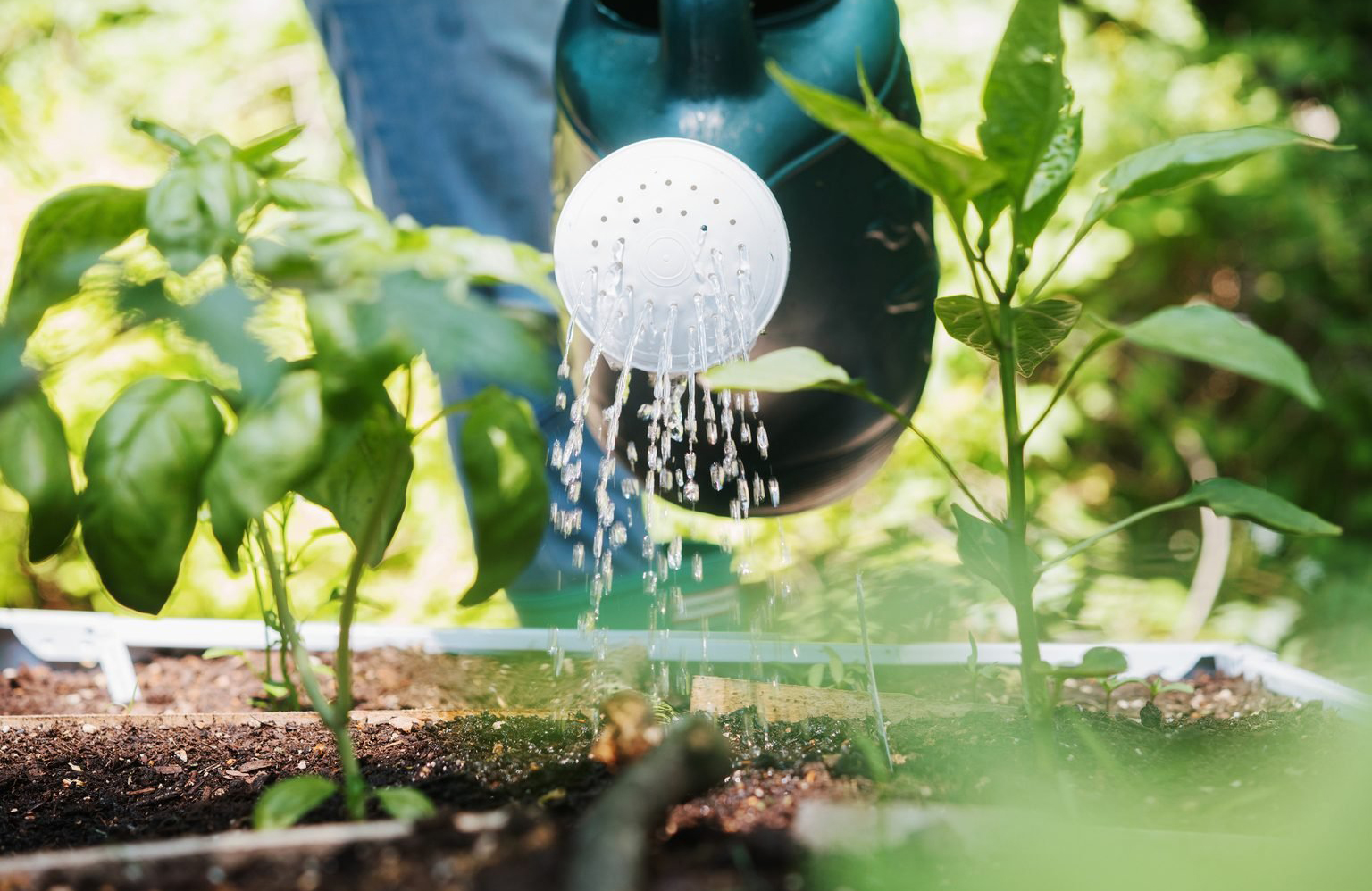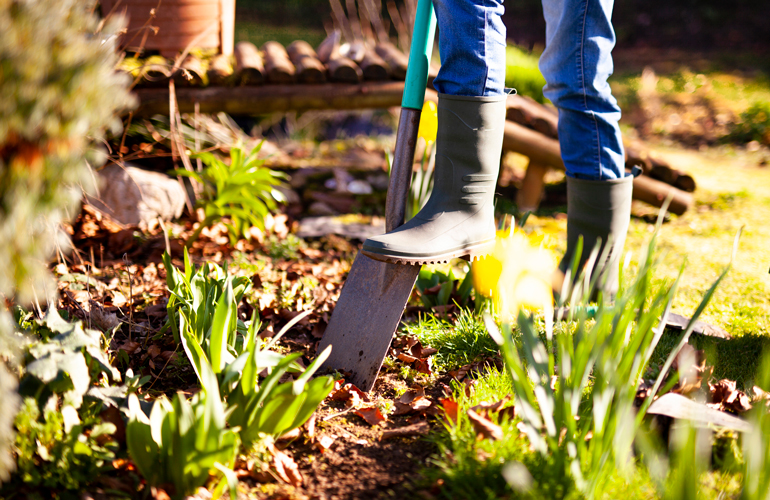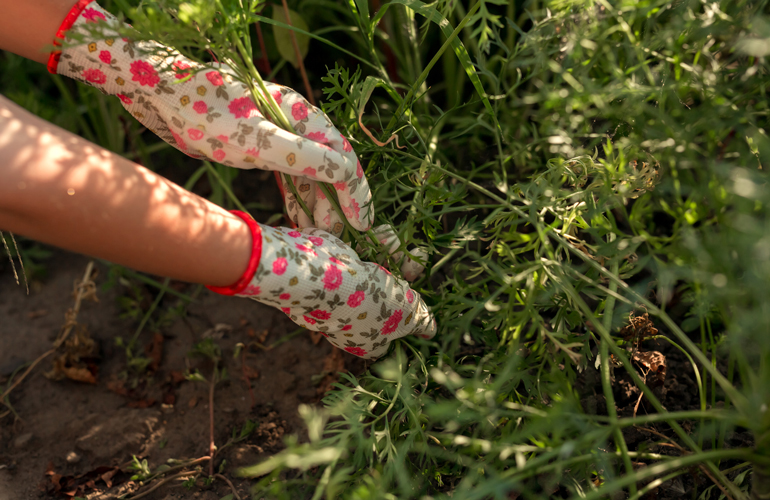Garden like the masters
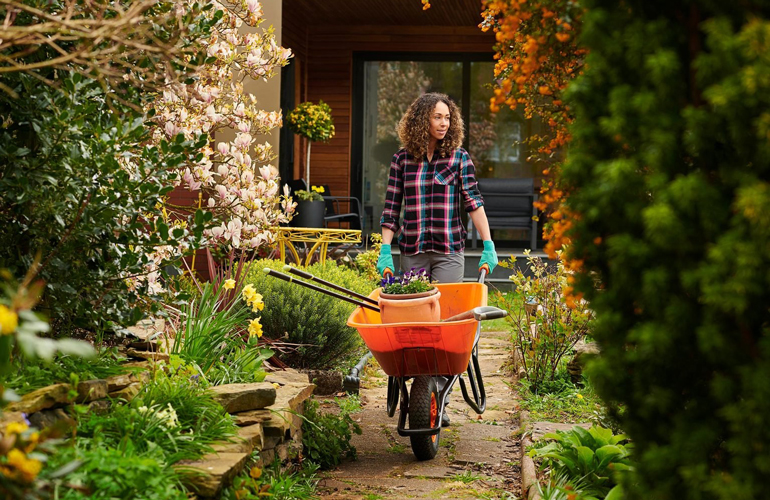
Gardening is a forgiving hobby. If you forget to water once, plants will usually bounce back after their next good soak. But there are a few bad habits that can hold a garden back.
We asked two master gardeners to share some of the most common mistakes they see in the garden and how to fix them. Here are the things that master gardeners wouldn’t do in their own gardens — things you should avoid, too.
Not testing soil
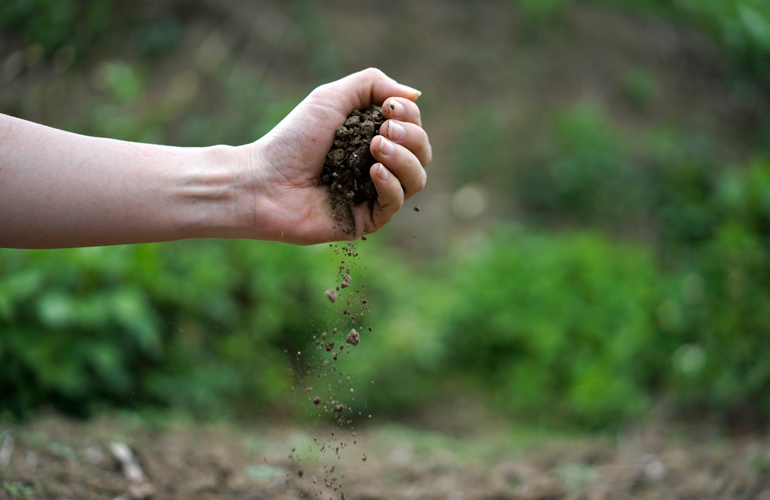
Charlotte Ekker Wiggins, a University of Missouri Extension master gardener emeritus and award-winning author, opens with this classic newbie mistake: “Trying to garden without knowing what kind of soil they have.” Soil makes all the difference when choosing plants, fertilisers and amendments.
A simple, inexpensive DIY soil test solves this problem.
Buying or planting too much
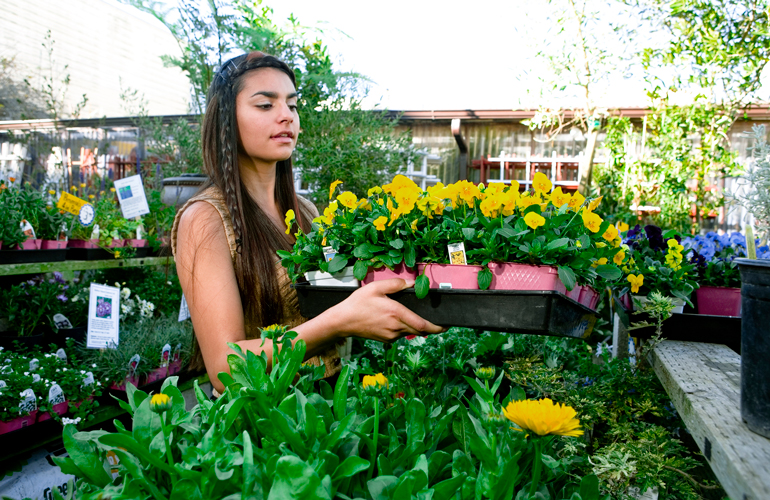
Buying too many plants or seeds, or planting them too close together, is another common garden mistake. Not only can it lead to an unruly, unattractive garden, but Ekker Wiggins says “planting plants without room around them to grow can overtax the soil of nutrients resulting in less than healthy plants.”
Check the spacing before sowing seeds and be sure you’re not planting them too closely. You can save leftover seeds, but they do expire eventually, so be sure to use them next season.
When dealing with perennials, it can be tempting to plant them so they look full and lush now. However, when they reach their mature size, they’ll look overcrowded.
Instead, follow this advice from Haeley Giambalvo, a certified Master Naturalist: “Spacing correctly from the get-go can save a lot of time and headache down the road by avoiding having to reposition or remove plants that have overgrown their space.”


